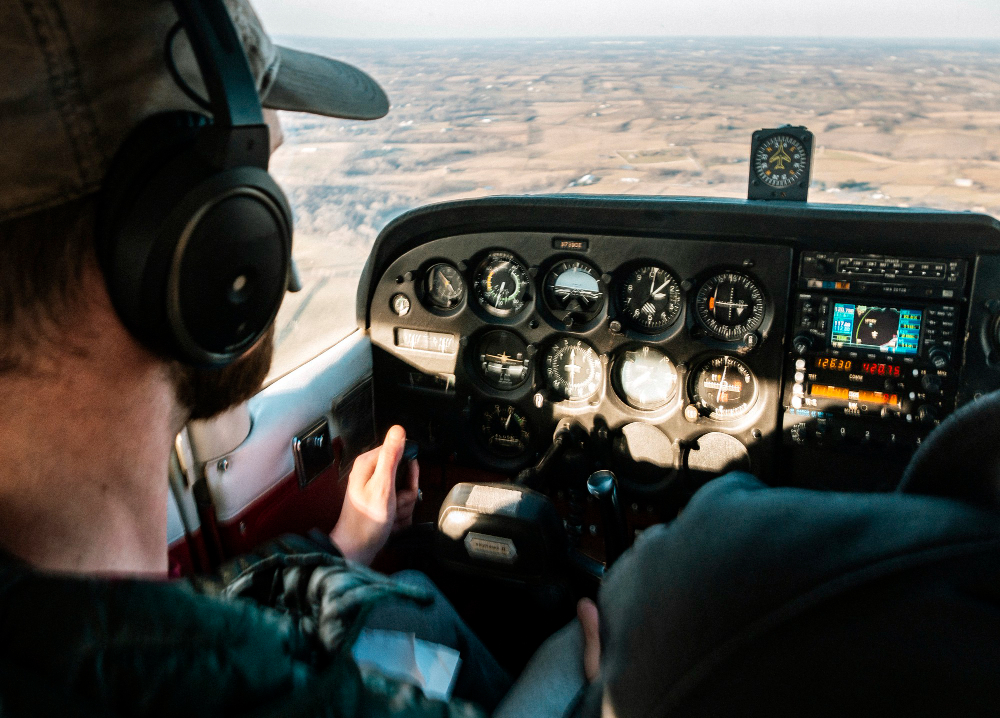America’s pilot training system faces serious challenges. The traditional hours-based training pathway is too rigid for the modern industry, where equipment is more advanced and pilots more diverse than ever. Trainee supervision is uneven and sometimes absent. Simulated flight scenarios, where pilots really learn their stuff, aren’t realistic. And many aspiring pilots lack access to state-of-the-art flight simulators anyway.
These challenges impact the aviation industry in two ways. First, the focus on pilots “getting their hours” rather than reinforcement learning and exposure to real-world flight scenarios has caused pilot proficiency to fall since 2013, according to the Regional Airline Association. Second, because pilot training is inflexible and not always accessible to aspiring pilots, there’s a huge shortage of pilots in the training pipeline. According to CAE, the global aviation industry will be short about 300,000 certified commercial and business aviation pilots by 2032.
And that’s just if current trends continue. We’re already above pre-2020 levels of aviation demand, and the curve could steepen further as aviation expands in lower- and middle-income countries across Asia, Africa, and Latin America. CAE’s forecast could turn out to be optimistic.
Jet-rated pilot Sky Daton, who completed the same rigorous training process as commercial pilots, has firsthand experience both with its shortcomings and their impacts on the global aviation industry. He believes that it’s within the industry’s power with help from ordinary Americans to address them.
Here’s how we can strengthen America’s pilot training system and put the aviation industry on track for sustainable growth for decades to come.
We can update the flawed hours-based training pathway
Right now, aspiring commercial pilots follow an hours-based pathway with few formal training requirements and no standardized, structured curriculum. The most important thing is that they “get their hours” (all 1,500 of them). But hours alone don’t guarantee learning — quality instruction does.
The good news is that improving and broadening the hours-based pathway so that it’s more than an hours-based pathway won’t be a heavy lift. The Airline Safety Act of 2010 directed the FAA to create new training pathways, and in 2013, the agency released three models that could form the basis for those pathways. It hasn’t acted on any of those yet, but it knows what it needs to do. Now it’s up to pilots and others who work in the aviation industry along with regular folks who fly commercial to let the FAA know it’s time to move.
We can strengthen trainee supervision in simulated settings
Rethinking the hours-based training protocol will open up exciting new opportunities to improve the trainee curriculum.
This could begin with a new approach to trainee supervision in simulated flight scenarios, which aren’t always super-helpful. Many simulation hours are unsupervised, with trainees basically given free rein to use flight simulators as they wish. It’s better than nothing, but wouldn’t you prefer to fly with a pilot who had close supervision every time she stepped into the simulator?
We can do two things to address this. First, trainers can take advantage of recent advancements in remote monitoring and sensor technology to supervise trainees at a distance and help multiple trainees at once. Second, where the latest monitoring tech isn’t available yet, we can tweak the training curriculum to ensure that trainees and supervisors remain in close contact for longer.
We can increase trainee exposure to complex, specific training scenarios
We also need to ensure trainees encounter the sorts of complex flight scenarios they’re likely to experience “IRL” sooner or later.
Fortunately, today’s flight simulators are a lot better than their predecessors. They can simulate virtually any in-flight scenario and can even run historical air disasters (or near-disasters) for truly high-stakes training. Let’s encourage instructors to make use of these capabilities for trainees’ benefit.
We can invest in next-generation flight simulator technologies
Flight simulator technology is taking off, if you’ll pardon the expression. The latest simulators combine immersive virtual reality with full motion simulation for a scarily lifelike experience. Helicopter simulation manufacturers like Loft Dynamics show off the possibilities for commercial jet aviation, which is a step up in complexity but doesn’t require a technological leap. Let’s double down on these investments and roll them out faster.
We can expand geographical access to high-quality pilot training
Finally, we need to commit to expanding access to high-quality pilot training. That’s a little harder than it sounds because it means:
- Making big investments in new pilot training centers, some in relatively remote areas
- Expanding the pipeline of flight instructors, which takes time
- Making new technology and equipment available in a wider range of settings
But remember, training technology is improving, which means there’s never been a more exciting time to get into the field. That’s a hopeful sign for the physical and human investments needed to really get the industry where it needs to be. We’ve done harder things before so let’s get to work.





























































